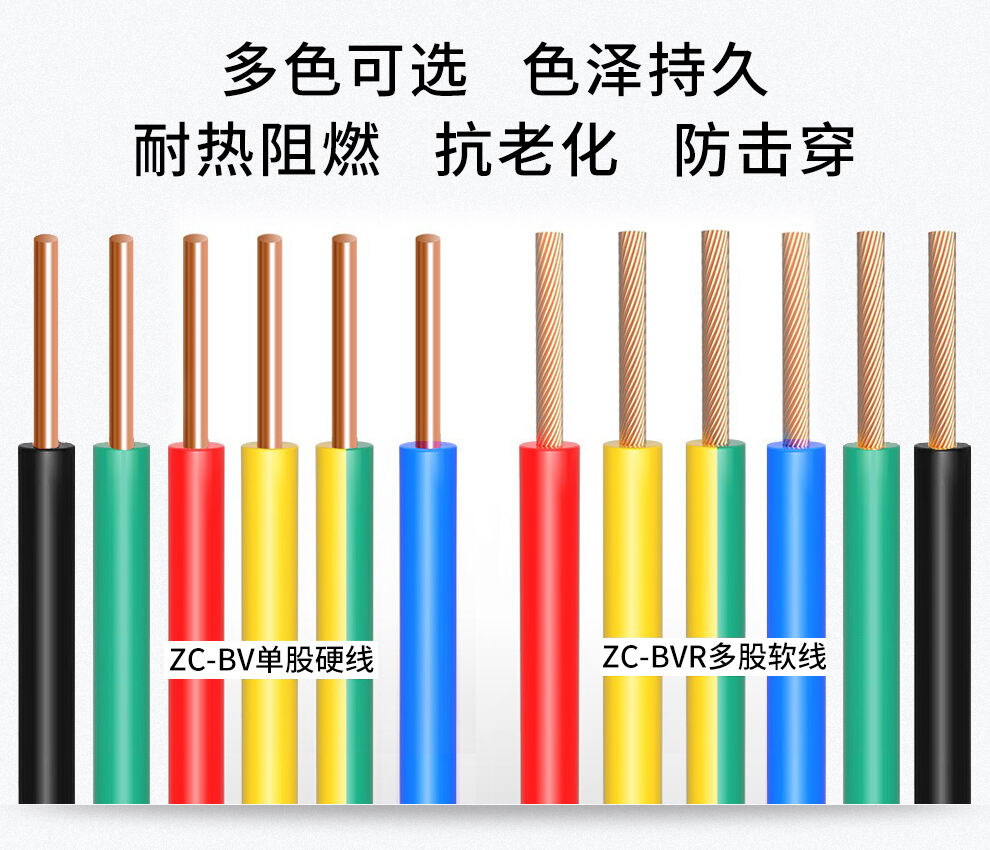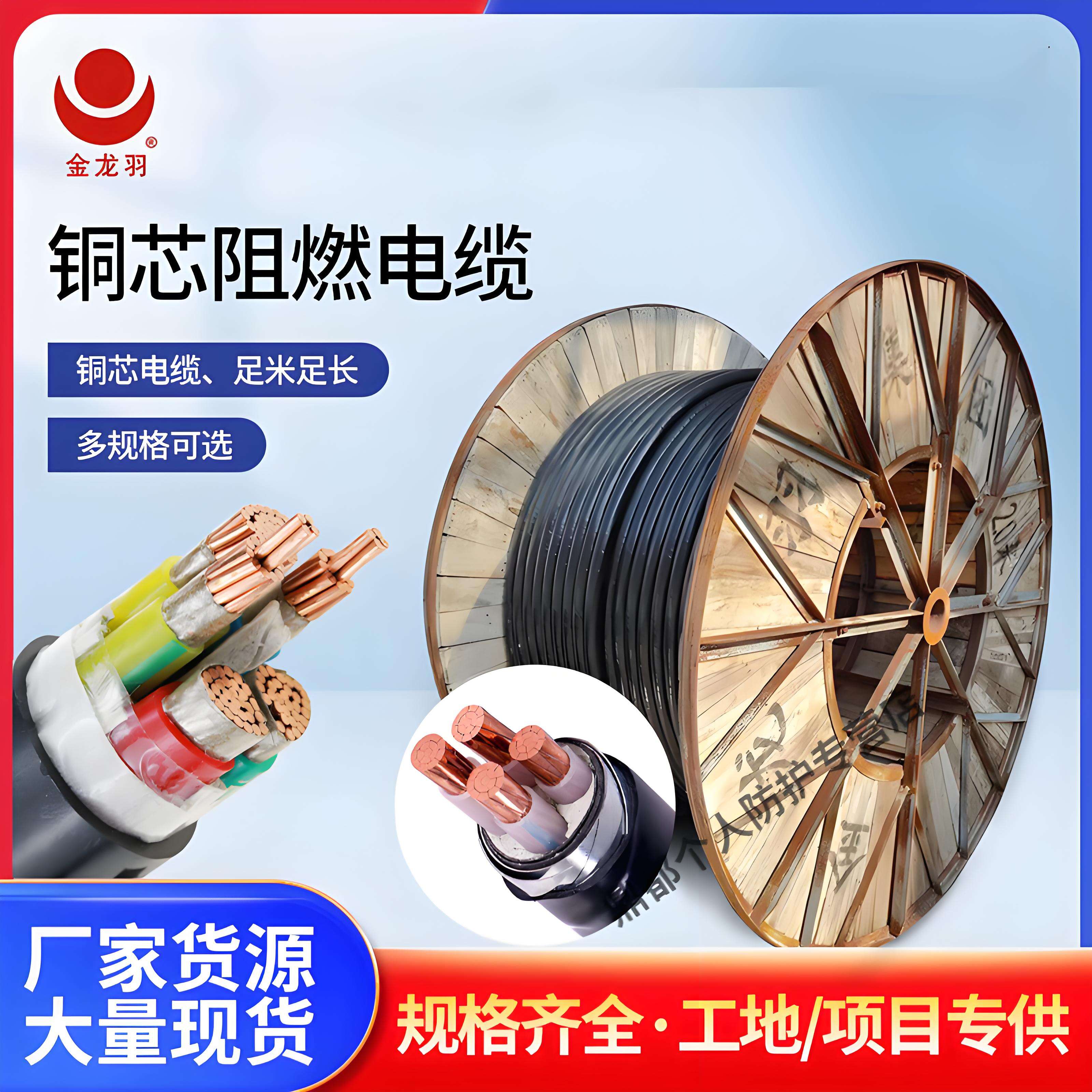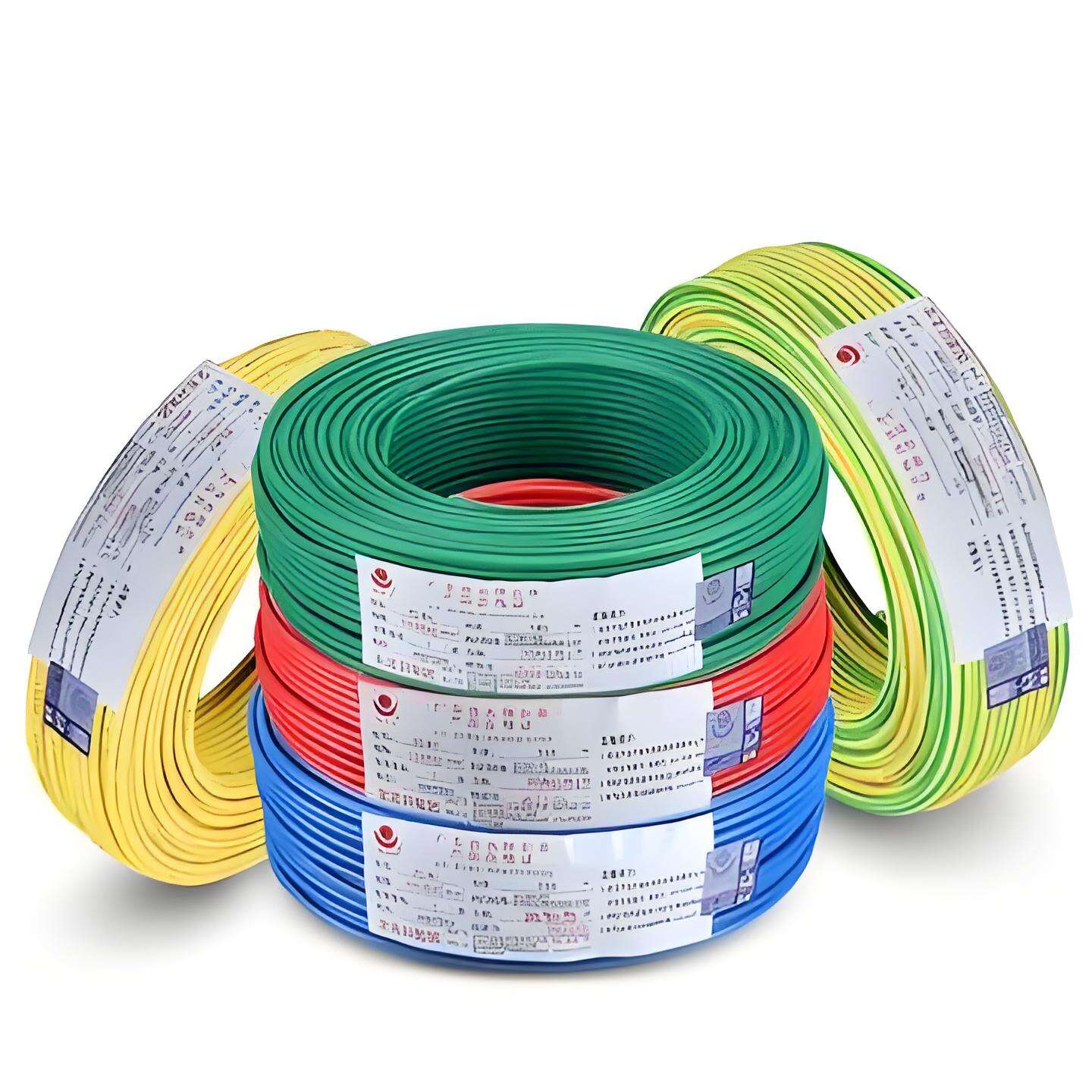Understanding the differences between high temperature vs low temperature cables is crucial for selecting the right wiring for specific environments, and Weidong Technology offers both types to meet diverse application needs. High temperature cables are designed to operate in environments where temperatures exceed 105°C, often using insulation materials like cross-linked polyethylene (XLPE) or silicone rubber that can withstand continuous exposure to heat without melting or losing dielectric strength, making them ideal for industrial ovens, power generation facilities, and engine compartments. In contrast, low temperature cables are engineered to remain flexible and functional in cold conditions, typically below -20°C, using materials like ethylene propylene rubber (EPR) or special PVC blends that resist brittleness, suitable for outdoor installations in freezing regions, refrigeration systems, and polar expeditions. When comparing high temperature vs low temperature cables, key differences include insulation thickness, material composition, and temperature rating—high temperature cables prioritize heat resistance, while low temperature cables focus on cold flexibility. Weidong’s high temperature vs low temperature cables both feature high-conductivity copper conductors but are tested to ensure performance within their respective temperature ranges, ensuring users can choose the right cable type for their specific thermal environment.


